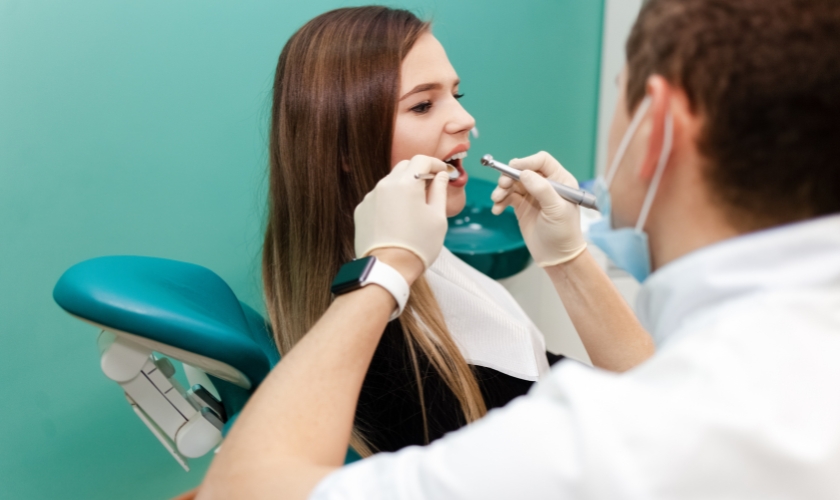
Unpredictable pain during dinner may baffle anyone and leave the person irritable. A dental emergency can progress faster than expected without timely intervention. Unforeseen dental trauma or pain may strike at the wrong moment. Early detection of the issue may be the difference between saving the tooth and losing it.
The majority of patients are neutral, unaware whether their condition is a dental emergency or not. Early detection allows for the process to go faster and prevents long-term oral consequences. This guide outlines dental emergencies and problems that may be postponed without harm.
What Is a Dental Emergency?
A dental emergency is sudden bleeding, trauma, or pain that must be dealt with immediately. Urgent care cases demand same-day treatment to avoid worsening symptoms or permanent injury.
Minor chips or sensitivity usually can be postponed until a scheduled appointment. Pain, bleeding, or swelling tend to mean a dental emergency that must be addressed promptly. Appreciation of the difference between urgent and non-urgent needs conserves time as well as money.
Avoiding an actual dental emergency puts infection, tooth loss, and severe complications at risk. A dentist will quickly assess and guide the safest treatment. Prompt decisions ensure better outcomes and less long-term oral health hazards.
Preceding Common Dental Emergencies and What to Do
Acute Toothache
Acute, stabbing pain could be caused by trauma, infection, or decay. Rinse with warm water and avoid extremely hot or cold foods. Visit a dentist in San Leandro immediately to prevent the issue from becoming worse.
Knocked-Out Tooth
A knocked-out tooth is an emergency dental condition that requires immediate attention. Act within 30 minutes for the best chance of saving it. Place the tooth in milk or saliva until arrival at a dentist.
Cracked or Broken Tooth
Cracks can result from trauma, biting hard material, or weakened enamel. Rinse gently, use a cold pack, and avoid chewing on the affected side.
Dental Abscess
A dental abscess is a severe dental emergency with pain, pus, and swelling. It may spread infection to the jaw and elsewhere if not treated. Seek urgent treatment from a dentist for drainage and antibiotics.
Lost Filling or Crown
A lost crown or filling can leave sensitive layers of the tooth open. Use temporary cement or dental wax until a dentist is able to fix it.
When It’s Not an Emergency But Still Needs Attention
Mild tooth sensitivity is triggered by enamel wear or gum recession. Tiny painless chipping is not a dental emergency. Mild gum irritation typically improves with better oral hygiene.
Cosmetic concerns like whitening can be postponed to the next routine dental visit. A dentist should, however, examine these out to prevent issues later.
Even non-emergency problems are assisted with early professional assessment and consultation.
Why Early Treatment Is Necessary
Attending to a dental emergency at an early period prevents pain from worsening. Prompt treatment saves natural teeth and avoids costly restorations. Delayed treatment is likely to increase the risks of infection and tooth loss.
Seeking immediate treatment in a dental emergency reduces total recovery time. Your dentist can provide solutions that protect both function and appearance. Prompt responses keep the mouth healthy in good condition and avoid unnecessary follow-up procedures.
Recognition of a dental emergency results in better outcomes and faster recovery. Keep our phone number handy for a quick call when an emergency arises. Do not delay treatment when confronting agonizing pain, swelling, or trauma.
Early treatment can make the difference between saving and losing a tooth. We need you to be informed, prepared, and confident in treating dental emergencies.






